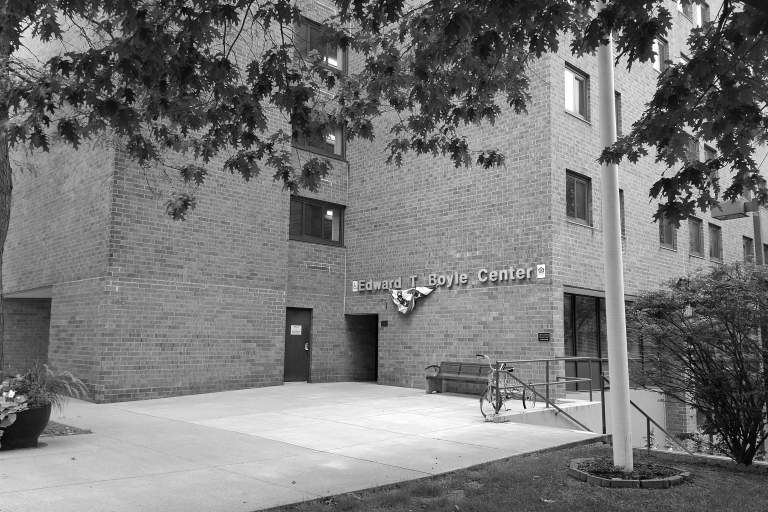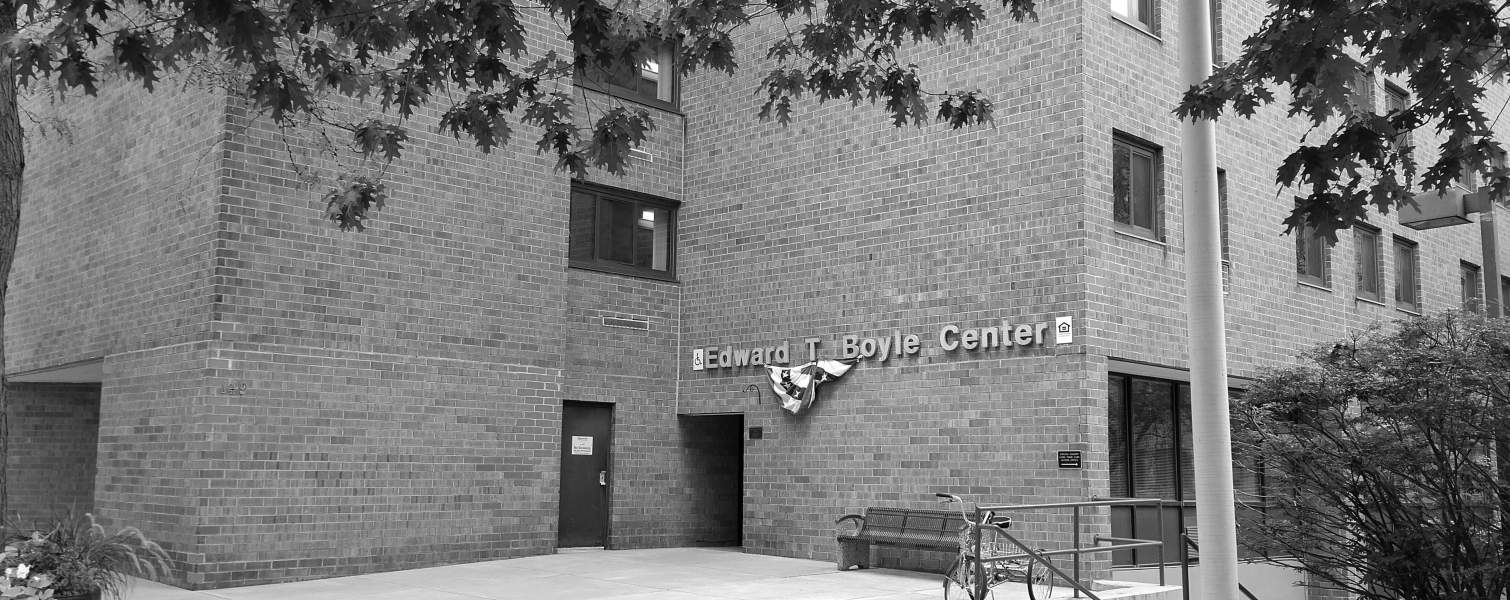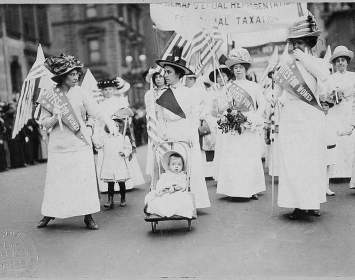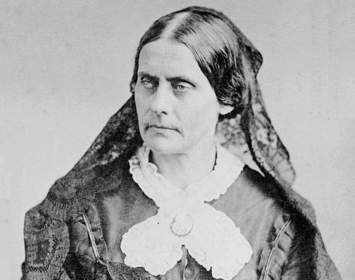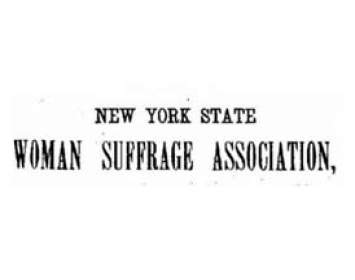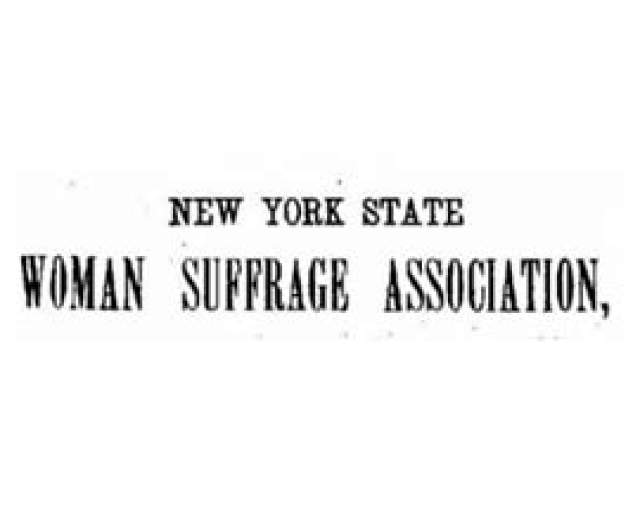The New York State Woman Suffrage Association held two of its annual conventions in Auburn, in 1891 and 1904.
The thirty-sixth annual convention took place on Tuesday, Wednesday, and Thursday, October 17–20, 1904. Local suffrage leader Eliza Wright Osborne, widow of Auburn business leader David Munson Osborne and one of the most generous financial supporters of the suffrage cause, played a central role in organizing the event.
Plenary sessions were held at Music Hall, then one of Auburn's leading auditoriums. About 500 persons attended. The featured speakers were the nationally prominent suffragists Susan B. Anthony and Anna Howard Shaw, who delivered well-attended lectures at Music Hall on the evening of Wednesday, October 19.
Additional venues utilized for the event included the Osborne House hotel, which served as the convention's headquarters; the Osborne Annex, site of various business meetings; and the Eliza Wright Osborne residence, where a gala reception was held.
The Building and Site. Music Hall occupied the second floor of the Flint Block, built by local businessman and investor Edwin Dickinson Metcalf in the mid-1880s. A live-performance venue with decor and equipment typical for the day, Music Hall began to present occasional motion pictures in the 1900s. In 1909, it switched to full-time motion-picture exhibition and was renamed Motion World. Circa 1914 its name changed again, to the Universal Theater. In 1922, the Music Hall space was abandoned. The Universal Theater removed to 60 Genesee Street, a site now occupied by Auburn's Wegmans grocery superstore; the second floor of the Flint Block was divided into offices. The Flint Block was demolished in 1975 and replaced by the eight-story Edward T. Boyle Center, a senior citizen residence.
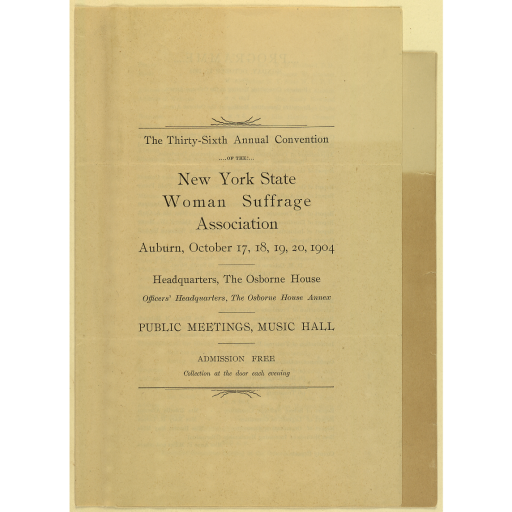
NYSWSA Program Page
Title page of 1904 NYSWSA Convention program shows Music Hall as the venue for public meetings.
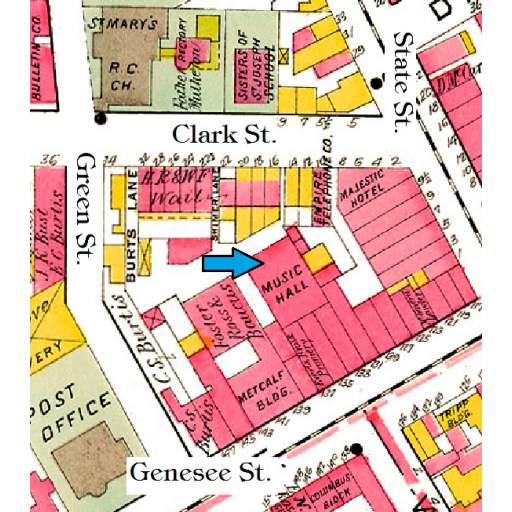
Music Hall Location
Detail of period map shows location of Music Hall (blue arrow). The auditorium occupied the entire second floor, but only a single ground-level storefront on Genesee Street would be required for ticket sales and an auditorium entrance.
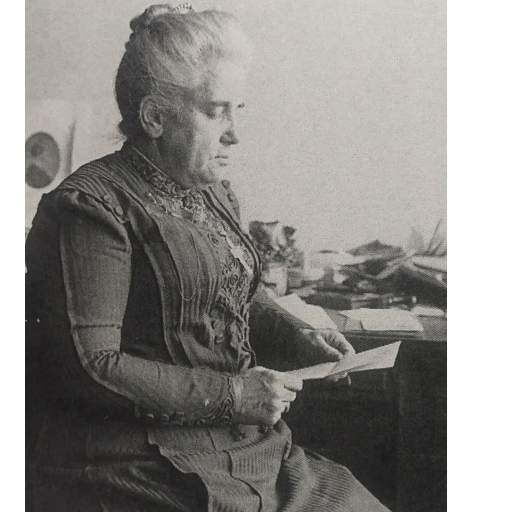
Anna Howard Shaw
Nationally prominent suffrage leader Anna Howard Show, a licensed physician and an ordained minister.
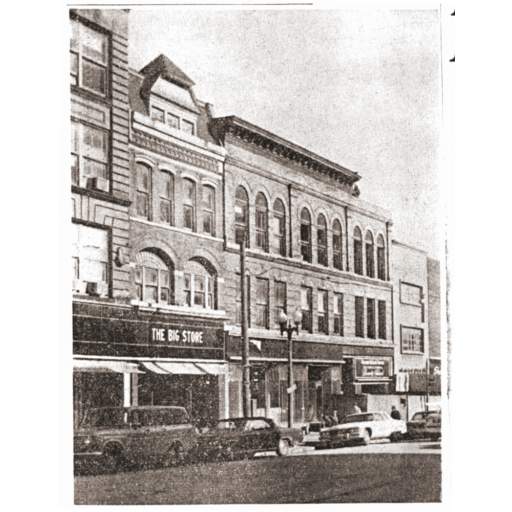
Music Hall Circa 1975
The Flint Building, site of Music Hall (later Motion World, then the Universal Theatre) as it appeared in 1975, shortly before it was razed. Image courtesy Cayuga County Historian's Office.
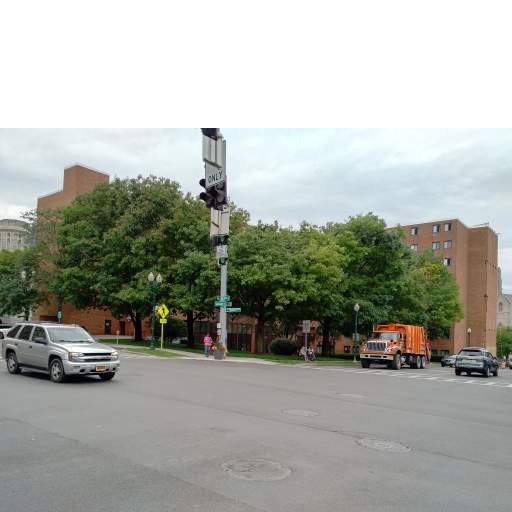
Music Hall Site Today
Today the site of Music Hall hosts the Edward T. Boyle Center, a senior living community. This overall view is largely obscured by trees.
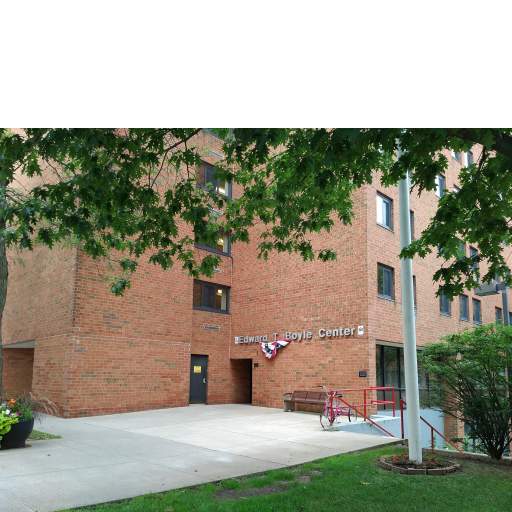
Edward T. Boyle Center
Detail view of the eight-story Edward T. Boyle Center.
Associated Causes
Associated Historical Events
Thirty-Sixth NY State Suffrage Convention
October 17–20, 1904
